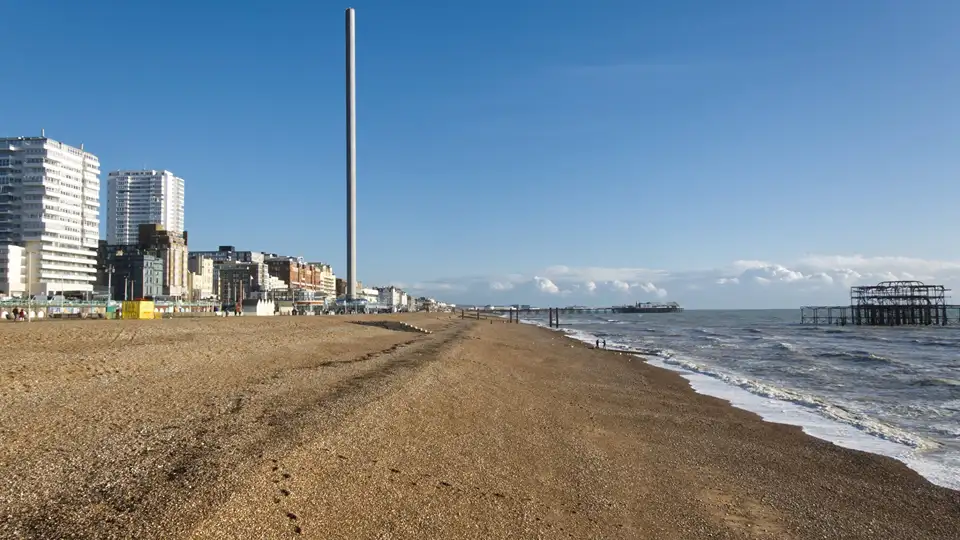Introduction
At Ameland-Oost, researchers are closely observing how sand movement supports the resilience of the Dutch coastline. This initiative, part of the SOURCE project, combines scientific research with coastal protection to better understand natural processes that shape the shore.
Shoreface Nourishment at Ameland-Oost
To counter coastal erosion, Rijkswaterstaat commissioned a large shoreface nourishment, placing around 3 million cubic meters of sand offshore. Executed by Boskalis Nederland, the work aims not only to safeguard the coast but also to create a natural testing ground for sand and water interaction studies.
Experimental Designs
Six unique nourishment configurations were designed, each differing in width, height, and sediment coarseness. These variations help researchers explore how design affects sand movement, stability, and sand delivery toward beaches and dunes. Some areas even include coarser sand to test how different grain sizes perform under wave action.
Monitoring Techniques
Scientists use advanced methods to track sand movement over time. Bathymetric surveys map seabed changes, sediment sampling examines sand properties, and hydrodynamic sensors measure wave and current influence. Together, these tools help build a detailed picture of how nourishments evolve in real conditions.
Ecosystem Response
Beyond physical monitoring, researchers also study ecosystem response. They observe how marine habitats and benthic organisms react to the newly placed sand. Understanding these ecological changes helps balance coastal protection with the preservation of marine biodiversity.
The Living Laboratory at Sea
Ameland-Oost serves as a long-term “Living Lab,” where sand movement and ecosystem response are continuously observed in a real-world environment. Data gathered here supports adaptive management, helping coastal engineers refine nourishment strategies based on ongoing results.
Data Insights and Learning
The continuous monitoring offers valuable insights into how different designs perform under natural forces. Researchers can compare which configurations deliver sand most efficiently to the beach, last longer, and create positive ecological outcomes, key knowledge for future coastal planning.
Towards Smarter Coastal Management
By combining insights on sand movement with ecological findings, Ameland-Oost is setting new standards for nature-based solutions. The project demonstrates how science and engineering can work together to create coastal defenses that are effective, sustainable, and environmentally sound.
Conclusion
The Ameland-Oost project highlights a forward-thinking approach to coastal protection. By studying sand movement and ecosystem response side by side, researchers are building the foundation for smarter, adaptive coastal management, ensuring safer, more resilient shores for the future.
